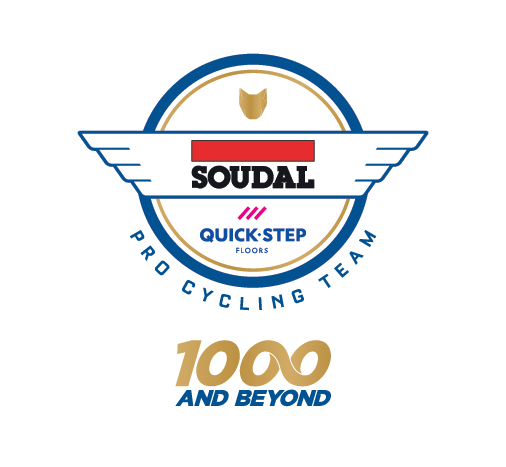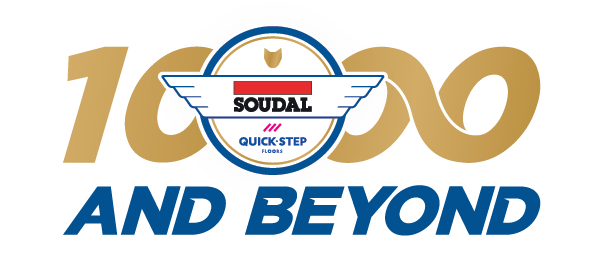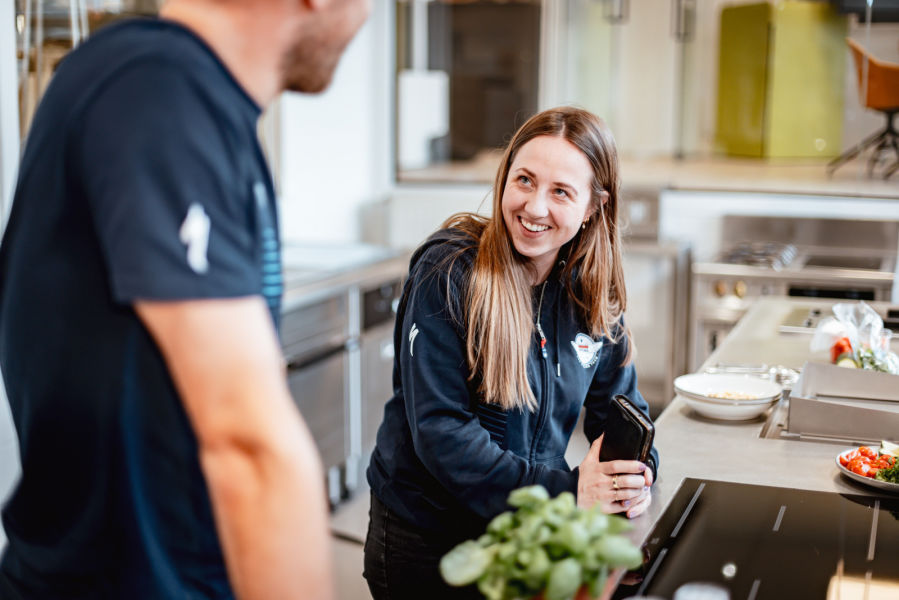Grand Tour Nutrition
As we prepare for our 20th Giro d’Italia, Soudal Quick-Step nutritionist Lisa Nijbroek talks us through the essentials for Grand Tour nutrition preparation.
“The preparation for the Grande Partenza starts several days before the race starts. On Thursday and Friday, our riders will start to up their carbohydrate intake, eating a lot of pasta, rice and bread. We have a great partnership with Alce Nero, who provide us with organic pasta and products that our riders love. They also take on some fruit and some candies. As a rough guide, during this period we try to aim for a minimum intake of 7grams of carbs for every KG of bodyweight, per day.
This can vary depending on the stage profile and an individual rider's goals for that day. A few years ago, this used to be done in one big meal, say the night before a race, but in recent times it has been shown to be better to spread this out over several days. During this period, we lower the amount of protein and fats taken on board, because it takes more energy to process and digest, so just small amounts of protein.
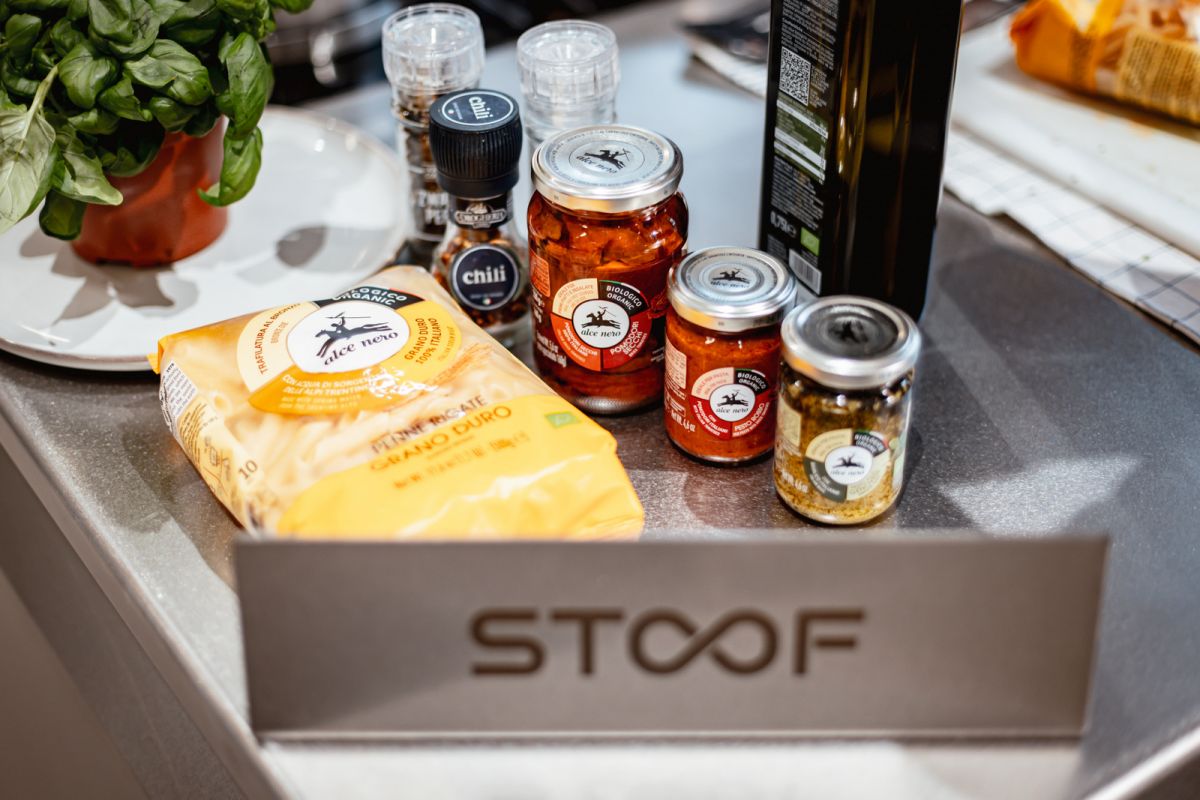
Once the race starts, the carbohydrate stays high, but we try to vary the amount of fiber they consume, depending on the type of stage. So for example, if the next day is a mountain stage, we would look for low fiber vegetables such as tomatoes or zucchini. This is because fiber is harder to digest and lowering it reduces the risk of stomach upset when the stages are more stressful on the body.
During the stage the riders aim to consume 90g of carbs per hour on an easier day, with this rising to 120g on a harder day. This can vary depending on the stage profile that day, but also in what is to come in the following days. The new 6D Ultra gels are perfect for this as they have 45g carbs, and we couple with the isotonic drink to up their intake. During the latter part of the stage, we tend to stick to gels and drinks, as bars are harder to chew on when the race is going hard.
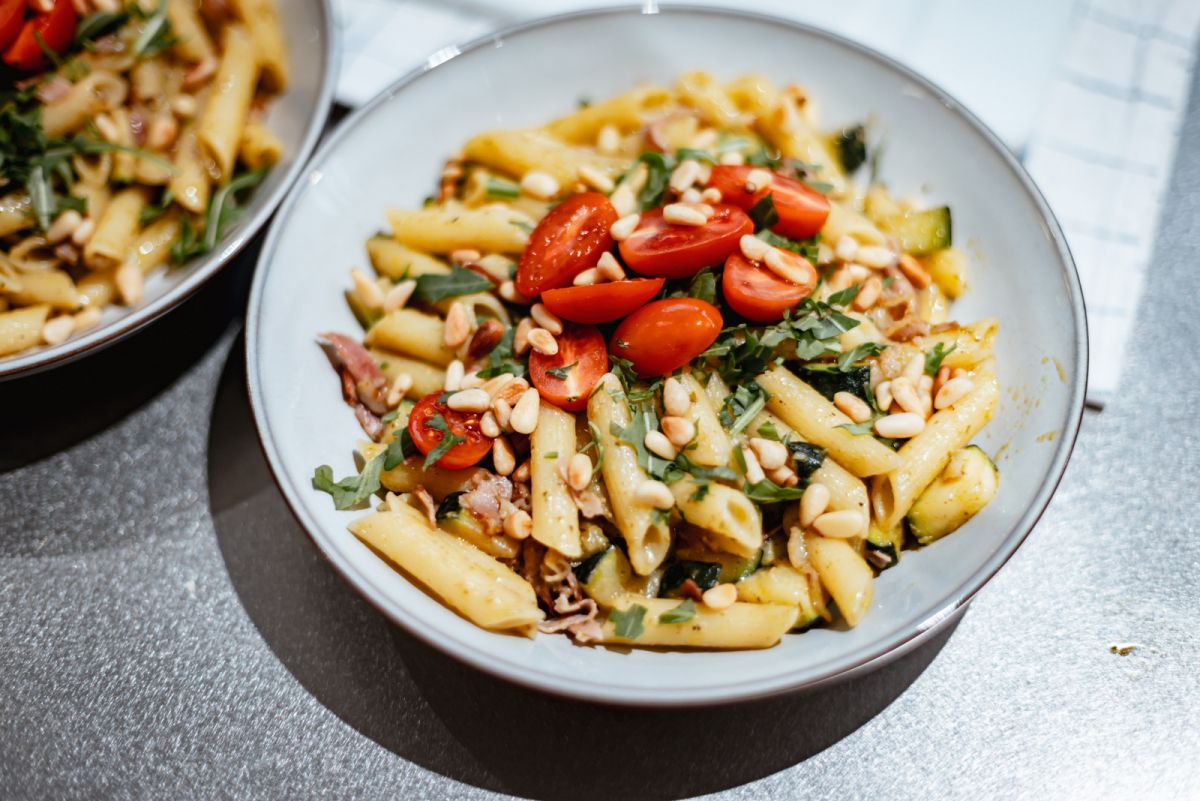
In stage races, especially a grand tour, a recovery strategy is crucial as there is such a short window to recover. As soon as they cross the line, they take KetonAide ketones with a 6D cherry juice drink, which is followed by a recovery shake on the bus. When they have showered, they have a recovery meal, and after a little while a carbohydrate snack like a banana bread or similar. It's all about taking onboard enough carbohydrates over small windows of 15-20 minutes throughout the evening, which is better for uptake, with a small amount of protein to help recover from muscle damage.
The weather can of course be a variable in any race nutrition plan. In bad weather conditions, the body uses more energy to keep the core temperature stable, which means that the riders will need to be taken into account when calculating the calories and nutrients that they require. We encourage riders to take warm drinks before the start and continue to provide them during the day in cold weather. During a wet day it can also be harder to open and eat energy bars, so the riders often take more gels and liquids, like 6D energy drinks.”
Photo credit: ©Wout Beel
